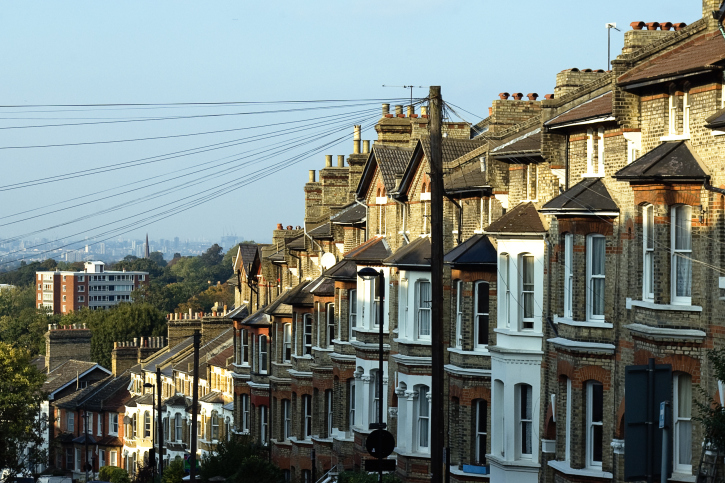

On a monthly basis in December last year, house prices fell by 0.4%.
This brings the average property price in the UK to £294,329 – just over £26,000 more than a year previous.
England specifically saw house prices rise 10.3% over the year, giving an average price of £315,119 and, in Scotland, the annual rise was a more modest 5.7% – giving an average property price of £187,224.
Meanwhile, in Wales, house prices went up 10.3% on an annual basis, resulting in an average property price of £222,402 in December 2022 and Northern Ireland recorded 10.2% for the former metric and £175,234 for the latter.
MT Finance commercial director Gareth Lewis says: “These end-of-year stats reflect completed transactions that were put into play a good few months before so we are still not seeing the full mini-Budget fallout and impact that will have had on buyers trying to push prices down.
“Year-on-year transactional volume for the past two years is roughly the same, with all the signs suggesting that this year will be slower as a result of interest rate rises and squeezed affordability.
“In order to return to the volume of transactions seen in 2018 and before will require some reform of stamp duty or similar to encourage people to buy, particularly when mortgages cost more. While there isn’t enough supply coming to the market, there won’t be enough transactions flowing through the system to generate the level of revenue the government will be looking for.
“We are likely to see more regionalised changes in prices this year. There were some over-inflated areas post-Covid as people wanted to move out to the suburbs and further afield, pushing up values where demand was high. As more people return to more usual working environments, that will have an impact on values in those areas.’
Loan.co.uk chief executive Paul McGerrigan says: “Borrowers continue to acclimatise to the new normal, with mortgage rates more akin to the pre-2008 years so we may see a continued drop over the coming months.
“With inflation rates forecast to drop significantly by Q3, and forecasters suggesting the MPC needs to level out or even cut rates to fuel much needed economic growth, we should see momentum return to the market. Stability and certainty drives higher activity.
“Fundamentally, there is still a significant housing shortage in the UK, despite 10% more homes being built in the past year. This ensures a constant underlying upward pressure on property prices.”
And Smoove director of conveyancing transformation Angela Hesketh comments: “Today’s figures underline the adverse effects of rising interest rates, economic pressures, and seasonal challenges seen towards the end of last year. It is, however, worth remembering that this data shows a slowdown in house price growth year-on-year, and not an actual fall.
“We hope there will not be the dramatic slump that some observers would have us anticipate, but more of a correction. House prices remain strong overall, as today’s findings show, and with some mortgage lenders expanding their offering and reducing rates, the market appears to be in the process of readjusting and settling into its new stage.”